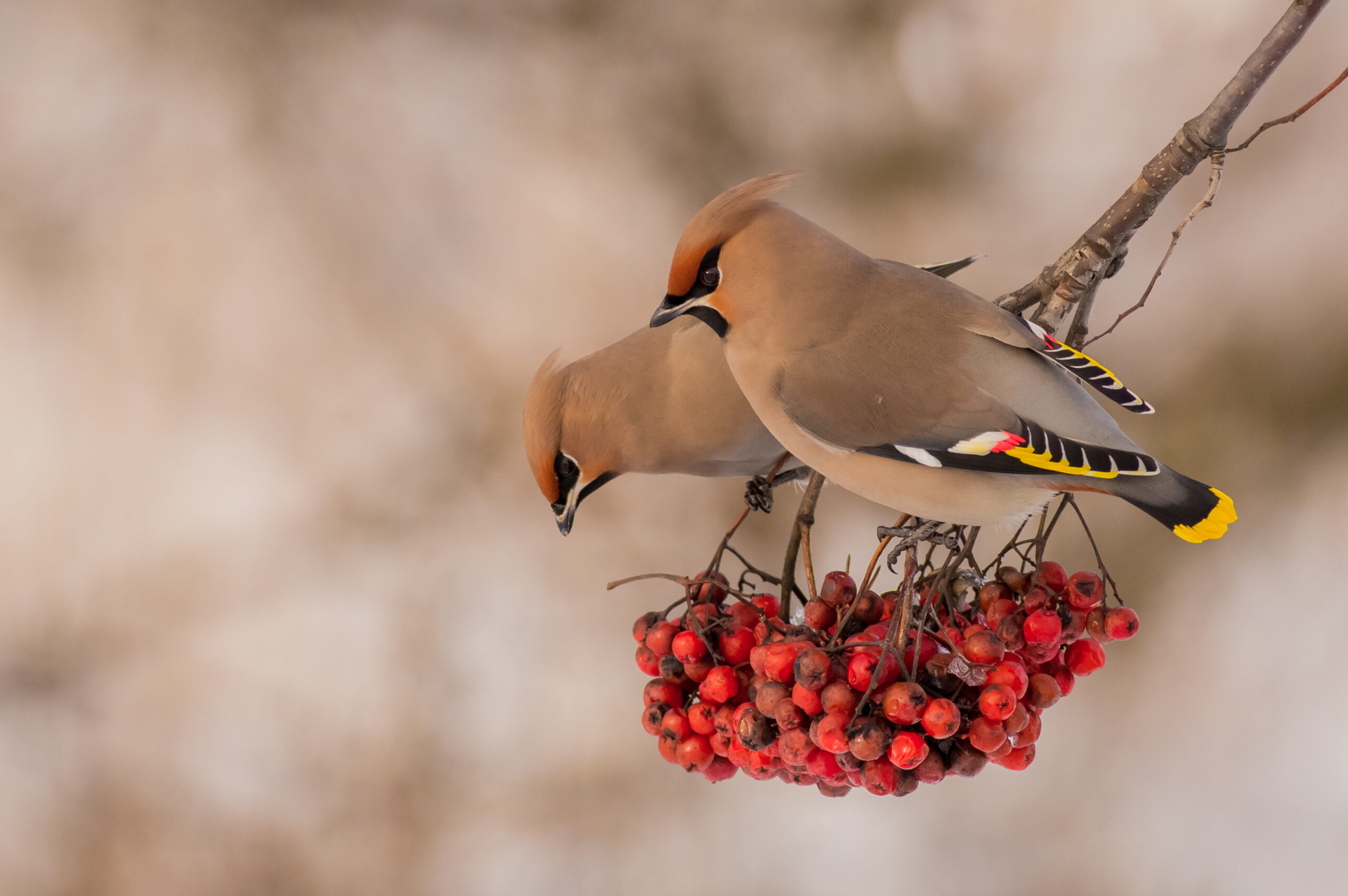There’s a crisp freshness to the air on some mornings now, a kind of restlessness in nature with lots going on behind the scenes. Autumn is fast approaching and the lack of water over recent months means trees have already begun to shake off their leaves, swirls of golden yellows, reds and oranges dancing in the wind.
Invertebrates – nature’s little-sung heroes
This is the time when invertebrates, (animals without a backbone), come into their own. Little-sung heroes like the humble earthworm, millipede or woodlouse feast upon the fallen leaves, turning them into a mushy dampness, a familiar signature smell to this time of year, decomposing the vegetation and in turn increasing soil fertility. It goes without saying, a healthier soil provides a better home for flora and fauna, and that includes us.
Hedgerow food supplies
Blackberries are in abundance and, if you’ve managed to keep some well-tamed plants in the garden, you will be rewarded by visits from bees, birds and some moths enjoying their sweetness. A blackberry and apple pie always goes down a treat with the family too!
Comings and goings of migrant birds
September marks significant changes in birdlife. Swifts have upped and left by now and swallows begin preparing themselves for their long migration southwards. You may be fortunate to see them psyching themselves up together, lining up along the length of telephone lines, before they set off. Their absence is quickly filled by migrant thrushes arriving from Northern Europe and Russia – bright yellow beaked fieldfares, redwings with rich red underwings and boosted numbers of blackbirds and song thrush. Keep an eye open for the brightly coloured waxwing, spotted with vibrant red and yellow flashes, this bird looks like it’s spent the night in a candle factory. These birds love to feed on berries – especially those red, orange or yellow fruits which stand out so well in the less colourful landscape of winter – helping to spread new life around the countryside. Whilst it’s good to see these newcomers, let’s not forget our permanent resident, the ever-robust robin, bringing cheer as the weather gets colder as one of our few birds to sign throughout the year.
Do: Make sure there is a supply of leaves, and dry grass close to your wildlife planter so that hedgehogs and other mammals can take this into the hedgehog house. With the change in temperature a hedgehog will be checking out potential places to hibernate.
Get involved: https://getoutside.ordnancesurvey.co.uk/guides/national-getoutside
Last updated [06/04/2023].


